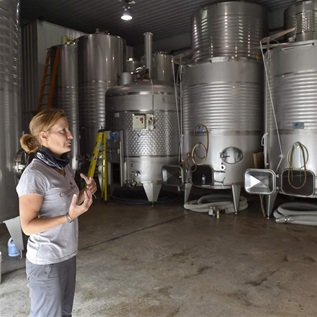The Pew Retirement Savings Project
Families in the United States face substantial and growing challenges in trying to build their retirement savings. The nation’s private sector retirement system has been in a period of significant transition with the decline of defined benefit pension plans and the proliferation of employer-based retirement plans, such as 401(k)s. Still, about 30 million full-time private sector workers—about 42 percent—do not have access to a retirement savings plan through their jobs. Fewer part-time and seasonal workers have such opportunities to save. In response, policymakers are proposing a wide array of changes to expand access to retirement plans and increase the level of savings.
To better understand the challenges faced by employees and employers, as well as the opportunities for policies to help boost retirement savings, The Pew Charitable Trusts launched the retirement savings project in 2014. This research initiative examines:
- Barriers to retirement savings. While Americans save for retirement primarily through employer-sponsored plans, many firms do not offer these benefits. Businesses with fewer than 20 employees account for about 1 in 5 jobs but often struggle to offer retirement plans. The probability that a business with five employees offers a plan is just 34 percent; that rises to 56 percent for a business with 20 employees. When asked, small to midsize businesses most often cite plan cost (37 percent) or limited resources (22 percent) as the main reasons for not offering a plan. Moreover, just 68 percent of all full-time, full-year workers participate when a plan is available. These workers are typically older, have higher household incomes, and have planned for their retirement. Survey results also show that many employers are not familiar with programs available to help small firms provide opportunities to save, such as the Simplified Employee Pension (SEP) plan or Savings Incentive Match Plan for Employees (SIMPLE).
- Retirement savings policy initiatives. Broadly speaking, states and the federal government are looking at three policy solutions to increase coverage: automatically enrolling workers without a workplace plan in an individual retirement account (IRA) administered by a private sector firm unless they opt out, known as an auto-IRA; creating online marketplace exchanges that can match employers with plans; or offering multiple employer plans (MEPs), group plans that any private employer can join. These approaches address the key barriers that employers say they face in different ways: Auto-IRAs and MEPs reduce administrative, operating, and liability costs, while the marketplaces cut down on the costs of searching for and comparing plan options. Pew surveys have found that each approach appeals broadly to employers and employees in general, despite some more specific concerns. The impact on worker coverage differs with each approach. The auto-IRA, by its nature, would create universal access for eligible workers, but the marketplace and MEP options increase coverage only for those whose employers choose to take part.
- Plan fees. Plan fees, which include both investment and administrative costs, can reduce Americans’ retirement savings. Still, plan service providers and sponsors do not always clearly or fully disclose the fees charged to participants. Following changes in disclosure requirements for 401(k) plans enacted in 2012, plan providers must now disclose fees to sponsoring employers and participating employees. This reform provides a unique opportunity to evaluate the effects of increased disclosure on fee reduction.
For further information, please visit: pewtrusts.org/retirementsavings












